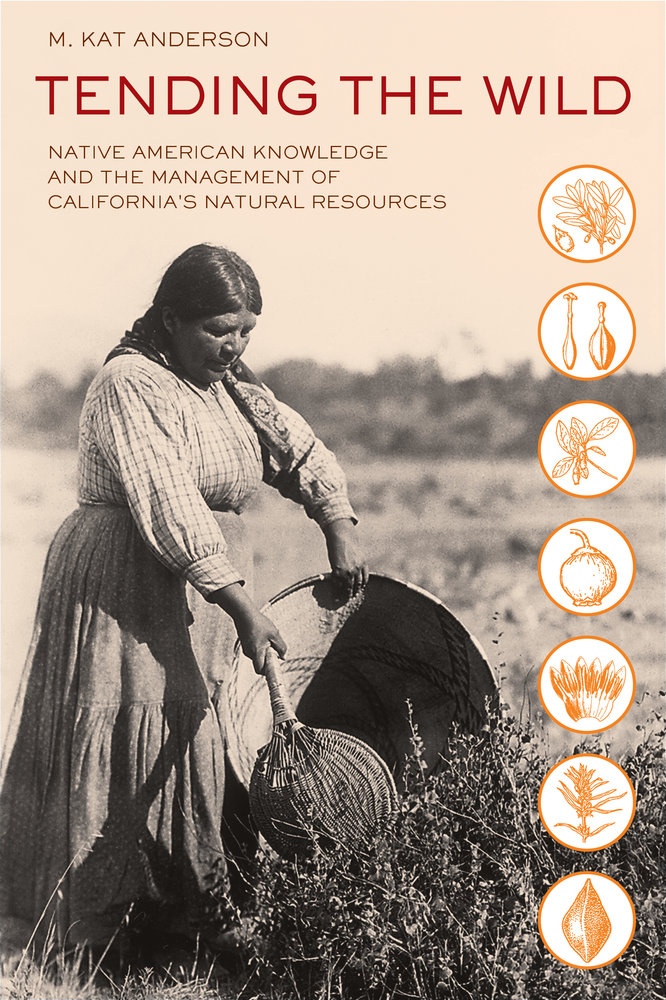
5 Land-Based and International Cases
The focus of this guide, as emphasized in the Resource Overview, is to highlight case of co-management and food sovereignty specific to coastal food ways in the United States and Canada. This is an admittedly limited frame, as there is a rich body of cases from other geographies pertaining to land-based processes that offer relevant insight to the more narrow case of coastal stewardship in the the Pacific Coast of North America. The following provide a very short review of some of these resources, as well as a much longer list of additional reading for those interested. Credit for all of this belongs to Brook Thompson.
Graham White. UBC Press. 2020.
This resource, while pertinent to the primary geography of this list, was moved to this section due to its focus on land-based processes. The following book summary is provided by the publisher:
“Co-management boards, established under comprehensive land claims agreements with Indigenous peoples, have become key players in land-use planning, wildlife management, and environmental regulation across Canada’s North. This book provides a detailed account of the operation and effectiveness of these new forms of federalism in order to address a central question: Have co-management boards been successful in ensuring substantial Indigenous involvement in policies affecting the land and wildlife in their traditional territories? Graham White tackles this question in this book, drawing on decades of research and writing about the politics of Northern Canada. He begins with an overview of the boards, examining their legal foundations, structure and membership, decision-making processes, and independence from government. He then presents case studies of several important boards. While White identifies constraints on the role Northern Indigenous peoples play in board processes, he finds that overall they exercise extensive decision-making influence.”
Bridging Cultural Concepts of Nature: Indigenous People and Protected Spaces of Nature
Rani-Henrik Andersson et al. Helsinki University press. 2021.
There is a long history of Indigenous erasure and removal from protected areas, especially in the case of U.S. national parks. While exclusion is not as absolute in the ocean, this also applies in the coastal context. This book highlights the examples of this practice at an international scale:
“National parks and other preserved spaces of nature have become iconic symbols of nature protection around the world. However, the worldviews of Indigenous peoples have been marginalized in discourses of nature preservation and conservation. As a result, for generations of Indigenous peoples, these protected spaces of nature have meant dispossession, treaty violations of hunting and fishing rights, and the loss of sacred places.
Bridging Cultural Concepts of Nature brings together anthropologists and archaeologists, historians, linguists, policy experts, and communications scholars to discuss differing views and presents a compelling case for the possibility of more productive discussions on the environment, sustainability, and nature protection. Drawing on case studies from Scandinavia to Latin America and from North America to New Zealand, the volume challenges the old paradigm where Indigenous peoples are not included in the conservation and protection of natural areas and instead calls for the incorporation of Indigenous voices into this debate.
This original and timely edited collection offers a global perspective on the social, cultural, economic, and environmental challenges facing Indigenous peoples and their governmental and NGO counterparts in the co-management of the planet’s vital and precious preserved spaces of nature.”
Tending the Wild: Native American Knowledge and the Management of California’s Natural Resources
M. Kat Anderson. University of California Press. 2005.
This is a foundation book on both Native history in California and one of the most comprehensive documentations of stewardship and food relationships through time. It includes both land-based and coastal systems:
“John Muir was an early proponent of a view we still hold today—that much of California was pristine, untouched wilderness before the arrival of Europeans. But as this groundbreaking book demonstrates, what Muir was really seeing when he admired the grand vistas of Yosemite and the gold and purple flowers carpeting the Central Valley were the fertile gardens of the Sierra Miwok and Valley Yokuts Indians, modified and made productive by centuries of harvesting, tilling, sowing, pruning, and burning. Marvelously detailed and beautifully written, Tending the Wild is an unparalleled examination of Native American knowledge and uses of California’s natural resources that reshapes our understanding of native cultures and shows how we might begin to use their knowledge in our own conservation efforts.
M. Kat Anderson presents a wealth of information on native land management practices gleaned in part from interviews and correspondence with Native Americans who recall what their grandparents told them about how and when areas were burned, which plants were eaten and which were used for basketry, and how plants were tended. The complex picture that emerges from this and other historical source material dispels the hunter-gatherer stereotype long perpetuated in anthropological and historical literature. We come to see California’s indigenous people as active agents of environmental change and stewardship. Tending the Wild persuasively argues that this traditional ecological knowledge is essential if we are to successfully meet the challenge of living sustainably.”